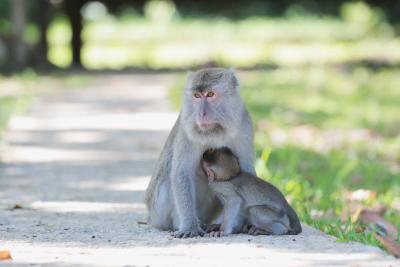London, Sep 14 (IANS) Researchers have found that the main impacts of civil wars on native mammals are often indirect, ultimately arising from institutional and socio-economic changes, rather than from direct military tactics.
Published in the journal Nature Scientific Reports, the study suggests that civil wars in low-governance countries can have both positive and negative impacts on native wildlife populations depending on space and time scales, but the overall trend is negative.
“Currently, 36 countries worldwide are experiencing civil wars and most of these conflicts are either fuelled or funded by international interests or began after an external intervention,” said study author Franciany Braga-Pereira from the Federal University of Paraiba (UFPB), Brazil.
The authors warn that even during post-war peace times, wild mammal populations will fail to recover as long as rural people living in war-torn countries remain armed and wildlife management regulations cannot be enforced.
They call for robust international policies that can prevent the consequences of warfare, warning that restoring depleted wildlife populations may take many decades and require active intervention efforts.
According to the team, civil wars often coincide with global biodiversity hotspots, however little is known about how they affect wildlife.
This study drew local ecological knowledge to assess for the first time the main consequences of a prolonged civil war in Southwest Africa on forest and savannah mammals, using Angola as a case study.
The country is home to at least 275 species of mammals, many of them historically hunted by the local communities before, during and after the intermittent 27-year Angolan civil war (1975-2002).
In Angola’s main protected area, Quicama National Park and Quicama Game Reserve, the abundance of 20 out of 26 wild mammal species studied was 77 per cent lower after the war compared to the pre-war baseline, particularly for large-bodied species such as elephants in open-savannah environments.
Significantly, this decline was not reversed by the end of the post-war period (2002-2017).
“There are no adequate international mechanisms to deploy peace forces to maintain the status quo of vulnerable wildlife populations in troubled parts of the world,” said study co-author Carlos Peres from University of East Anglia (UEA) in the UK.
–IANS
bu/rs

